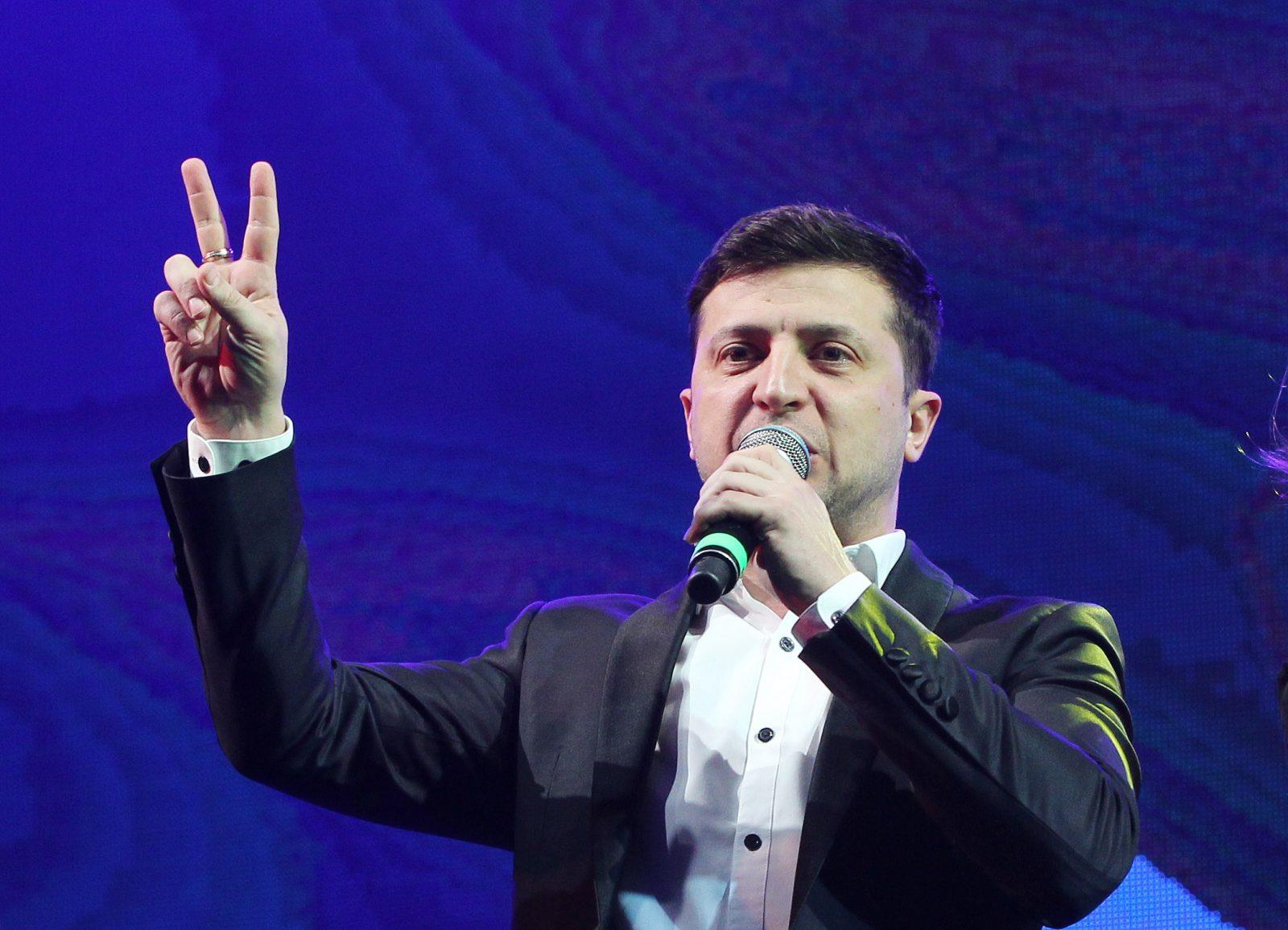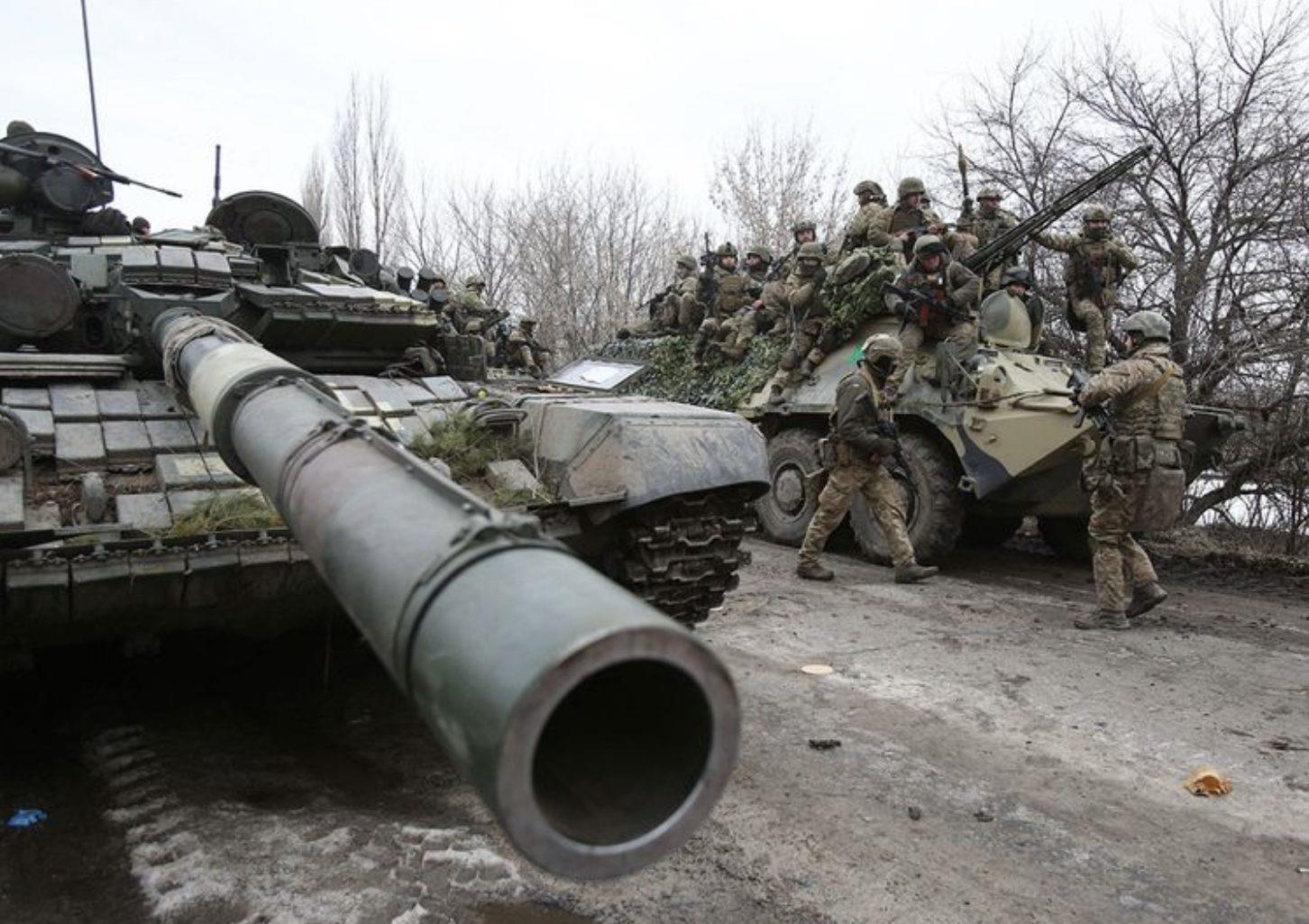(MENAFN- Asia Times)
Three days into Russia's self-described“demilitarization and de-Nazification” operation in Ukraine, a fog of war has descended.
The strategic and operational aims of the Russian forces remain unclear. Nor is there clarity on whether those aims have been thrown off by Ukrainian resistance, or whether Moscow's ground units are still maneuvering before delivering a decisive attack in what is plainly an ongoing, multidimensional operation.
Is Moscow's aim political: To dislocate or decapitate Ukraine's current leadership? To demilitarize the country by pounding its armed forces into dust? Or to force Kiev to negotiate and agree to the long-term status of Ukraine as a neutral nation, giving up its long-term ambitions of NATO membership?
Or is the aim geopolitical: To carve out the ethnic Russian Donbas republics, or the wider Donbas region, as Russian satellites in perpetuity? Or is it the most extreme case: To seize control of – or even conquer – the country, or perhaps the eastern half of it, thereby providing the Russian heartland with a buffer against the NATO nations on Ukraine's western frontier?
Certainly, none of these aims has yet been met. But even by comparison with such lighting campaigns at the US overthrow of the Taliban in 2001, or the invasion of Iraq in 2003, this war is still at a very early stage.
Kiev holds out In Ukraine's capital, President Volodymyr Zelensky has taken to social media in a series of defiant addresses.“We are defending our country,” he said in a broadcast from Kiev.“We won't put down our arms.”
Harking back, perhaps, to the international brigades that defended Republican Spain in the 1930s, he asked for foreigners to come to Ukraine to join its defense, saying outside volunteers would be armed.
Zelensky's continued presence in Kiev proves one thing. Fears that were current on Friday of a swift storming of Kiev, and perhaps a coup de main operation to capture or kill the Ukrainian leader have eased – at least for now.

Volodymyr Zelensky in a file photo. Photo: AFP/STR/NurPhoto
Reports are that the national leader and key symbol of Ukrainian resistance has refused to abandon his capital, which many analysts think would fall swiftly if Russia launched a major gr0und assault.
On Friday, reports from Ukraine had Russian forces massing on the northern suburbs of Kiev, and other units encircling it. But no storm took place neither in the hours of darkness nor at dawn. Nor does it appears that the capital's ground communications have been cut off yet.
However, at the time of writing, there are reports of fighting on two sides of the capital, and unconfirmed accounts of Russian airborne troops fighting for the city's river crossings. It is not known whether Russian forces have been blocked at the gates of Kiev or are seeking to avoid combat within it.
The city, with a population of 2.8 million, is larger than Stalingrad and Grozny combined. The urban struggles for the two cities – one part of the most heroic mythology of World War II, the other a far less distinguished battle – are likely familiar to every Russian soldier.
Confused kaleidoscope Journalism is surprisingly myopic, social media is oddly colorless.
Despite the apparent survival and ongoing operation of Internet networks across Ukraine, map and satellite imagery of the position of Rusian units is not available. While there is minimal visual data of ground combat, images have appeared of burned-out armored vehicles outside the city of Kharkiv and the town of Kherson.
Western broadcast networks have deployed correspondents in Kiev, reporting news of air attacks, vox pop interviews with a resistant citizenry taking shelter in subways, and hearsay about fighting beyond the city limits.
However, none are reporting the kind of frontline, on-ground combat that journalists from those same networks have covered in recent conflicts such as Syria, Afghanistan and Iraq.
Adding to the confusion, news anchors are reporting fighting in Kiev during discussions with correspondents standing at vantage points inside the city, on a bright, clear day, who are unable to give any confirmation thereof.
With the war still young, the Ukrainian armed forces are not delivering map briefings, nor are they embedding press with combat units. Casualties among citizens are being widely reported, as is damage to infrastructure. But there are few concrete indications of military casualties, or reporting from hospitals or dressing stations.

Ukrainian servicemen get ready to repel an attack in Ukraine's Lugansk region on February 24, 2022. Photo: Facebook / Gulf News
Russia claims that the southern city of Melitopol has been taken by its forces. This has been disputed by Ukraine, however.
A handful of unconfirmed social media video clips have emerged online. One is of a captured Russian soldier being told to phone his mother in Russia; another is of a middle-aged female upbraiding a Russian soldier for invading her country.
Russian footage of columns of armored and soft-skinned vehicles are largely down-road venues of advance, rather than deployed for combat. Satellite images show columns of refuge vehicles on roads heading west; the UN estimates that 120,000 Ukrainians have fled their country thus far.
The wider struggle
Beyond the field of combat, Moscow has offered talks with Kiev, to take place in Minsk, Belarus. Ukrainians have responded with offers to talk in Warsaw, Poland. It is unclear whether discussion is still underway on this matter.
Russian President Vladimir Putin, like Zelensky, has taken to TV to urge Ukrainians to turn against their own government.
“I appeal to servicemen to not let Neo-Nazis and ultra-nationalists…. use [civilians as] human shields,” Putin said in an address“Take power into your own hands.”
Putin's repeated references to Nazis are likely aimed at the hard-right militias who have fought Russian separatists in the Donbas, and some of whom have displayed Nazi and SS symbology.
But more broadly, Putin's Nazi references may be designed to unite Russians behind his war. In recent years, Moscow has been heavily promoting public remembrance of the country's titanic struggle in World War II with new statues, museums and patriotic films.
However, they ring hollow in the current situation given that Zelenksy himself is Jewish.
Russia has vetoed a UN Security Council resolution condemning its invasion but is taking a serious hammering in the arenas of global public opinion. Anti-war demonstrations have taken place across the world, the Pope has spoken to the Russian ambassador to the Vatican, and Russia has been cut out of a number of global sporting fixtures.
Western countries have announced a smorgasbord of sanctions, and have sanctioned Putin himself, but calls from within Ukraine that Russia be removed from the global SWIFT financial transaction system have not yet been met.
And while NATO has activated its multinational Rapid Response Force, there is no indication yet that its troops will fight alongside, or on the territory of non-alliance member Ukraine.
MENAFN26022022000159011032ID1103766894